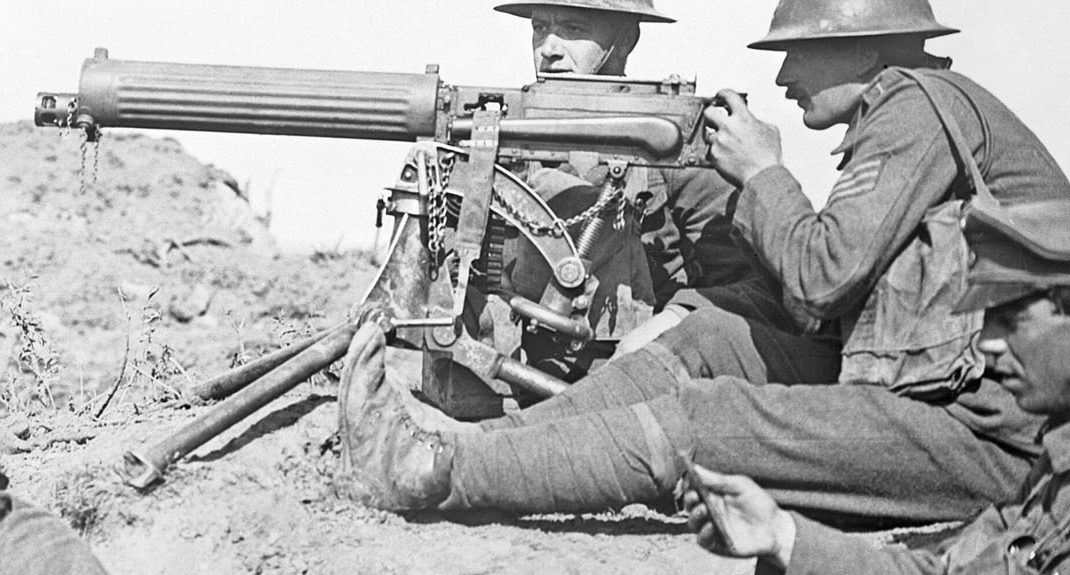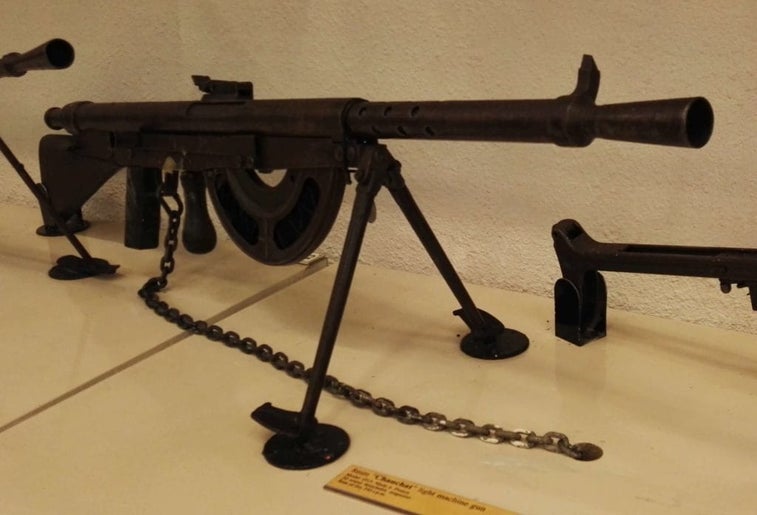Depending on the gunner and conditions, a barrel change could be needed as frequently as every 200 to 250 rounds. When the hot barrel was eliminated, it was set aside till it was cool enough to utilize again. Machine-gun teams would have as lots of as 6 spare barrels on hand.
Driving through a just recently protected area in Belgium, the sharp-eyed Liniewski spotted the deserted weapon in a field. Liniewski then did what any unsupervised GI would have done in that position; he stopped his truck and took the chance to snag a terrific memento for the folks back house. As an assistance soldier, Liniewski was not familiar enough with weapons to dismantle his MG-42, so he hung on to it for a while till he discovered a camp where German detainees of war were being held.
The weapon remained in the Liniewski household until 2016 when his son Marty contributed the weapon to the Museum. In spite of its propensity to get too hot, the MG-42 was an excellent weapon that was light-years of ahead of the United States equivalent, the Browning M-1919A4 device gun. Germany produced roughly 400,000 MG-42s during the war, some of which are still in active service.

Taken together, all these weapons gave the Red Army a more useful range of support weapons, better able to challenge the Germans for fire superiority on the battleground. Fully detailed, this study discusses the technology and the strategies of these gatling gun. Noted authority Chris Mc, Nab sets out how these maker guns were dispersed and tactically applied and offers numerous examples of the weapons in action, from attack teams on the streets of Stalingrad to tank teams having a hard time for survival at Kursk.
The Definitive Guide for How The Machine Gun Changed Combat During World War I
Illustrated with high-quality photos and specifically commissioned artwork, this is a deep analysis of these vital tools of warfare within the Soviet forces.
Taken together, all these weapons gave the Red Army a more practical variety of support weapons, better able to challenge the Germans for fire supremacy on the battlefield. Completely detailed, this study discusses the innovation and the strategies of these device weapons. Kept in mind authority Chris Mc, Nab sets out how these maker guns were distributed and tactically applied and offers numerous examples of the weapons in action, from assault teams on the streets of Stalingrad to tank teams having a hard time for survival at Kursk.
Illustrated with premium photographs and specifically commissioned art work, this is a deep analysis of these important tools of warfare within the Soviet forces.
The gatling gun company, commanded by a captain, had an assigned strength of 6 commissioned officers and 172 enlisted men, and brought 16 weapons, four of which were spares. Within the business there were 3 platoons and a headquarters section. A first lieutenant led the first platoon, while second lieutenants led squadrons 2 and 3.
Excitement About Weapons Of World War I


Within each section were 2 weapon teams, each with one gun and 9 men, led by corporals. The gun team had one fight cart, pulled by a mule, to transport its gun and ammunition as close to the firing position as enemy fire enabled. From there the teams moved the weapons and ammunition forward by hand.
The battalion had a strength of 16 officers and 377 employed males and was motorized. Nevertheless, it had just 2 business, identical to the other machine gun companies in terms of personnel and weapons. Each gun squad used a special motor car to transport its personnel, weapon and equipment. The battalion was typically in division reserve, ready to carry out missions as the division commander ordered.
In this function the weapons were positioned 300 to 1000 meters to the rear of the front line. When they utilized their guns because style, the gatling gun officers often encountered opposition from the rifle business commanders, who preferred to have the guns further forward, fearing that their infantrymen would be at threat of stray low rounds as they advanced under the overhead gatling gun fire.
Furthermore, they quickly found that the gatling gun were high top priority targets for opponent fire, and that it was advantageous to have the weapons at some range from the infantry positions. Considering that enemy machine weapons posed the greatest hazard to the assaulting troops, the gatling gun teams strove to locate the opponent guns and to focus their fire upon them.
About World War I: Changes In Modern Warfare
A proportion of the weapons was kept back as a reserve under command of the device gun officer. 6Machine weapon tactical doctrine dictated that in the defense the Hotchkiss weapons must only rarely lie within 100 lawns of the front line which at least two-thirds of the weapons need to be echeloned back through the entire defensive position, located so that surrounding guns would be equally supporting.

7 To discover other functions on the check out our THE DOUGHBOY CENTER wishes to continually broaden this feature. Additions and discuss these pages might be directed to:.
I was impaled on this. My only worry was that he would press the trigger which would have made a hell of a mess. In the meantime, my sergeant who was near he saw me; can be found in close; shot the fellow and after that hoisted me, with the help of another male, off the bayonet.
A bayonet injury directly it goes in it injures and the withdrawal is most likely further suffering than the 'putting in' since the 'putting in' is instantaneous. Another type of weapon was the trench club.